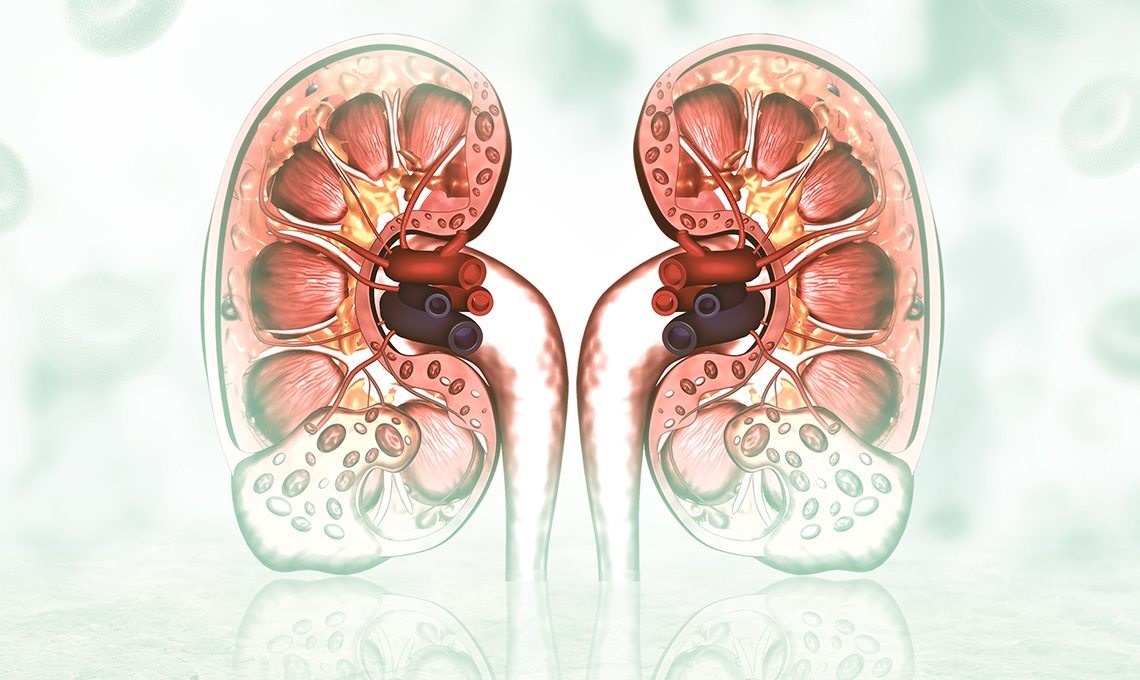
Life sciences researchers fast-track medical breakthroughs
The AARNet network underpins activities associated with Australia’s associate membership to the renowned European Molecular Biology Laboratory (EMBL), Europe’s flagship for the life sciences. High-speed connectivity across AARNet’s national and international network plays a critical role in connecting life sciences researchers and data in Australia to data, resources and colleagues located in Europe.
In 2016, Australian and European researchers collaborated across continents to make breakthroughs in our understanding of diabetic kidney disease and metabolic changes in pregnancy.
Scientists in Australia and Finland collaborate
The EMBL Australia Partner Laboratory at the South Australian Health and Medical Research Institute (SAHMRI) worked with the Diabetic Nephropathy Group, Folkhalsan Research Center, Finland, to identify diabetic kidney disease sufferers who could benefit from targeted therapies.
The groups shared summarised patient data to investigate molecular risk factors for diabetic kidney disease and its effects on heart disease and lifespan in Type I diabetics.
Researcher Ville-Petteri Makinen explained that certain patients could ultimately benefit from the EMBL findings via targeted molecular therapies.
“Our study focused on finding subgroups of people who share similar molecular markers and who are at high or low risk of disease,” said Associate Professor Makinen. “Because there are existing medications to target some of these risk factors, our study could help focus these treatments to the people who will benefit from them most.”
The same laboratory at SAHMRI also collaborated with epidemiologists at the Computational Medicine Research Group, University of Oulu, Finland, to study metabolic changes in healthy pregnancies.
Pregnancy can impact the body’s networks of metabolites, which are molecules caused by metabolic reactions that naturally occur within cells. If the changes don’t reverse post-partum, there is a greater risk of disease at a later stage.
Access to data, tools and resources
Associate Professor Makinen said information on how the metabolites are affected had never previously been available.
“Knowing the changes that happen in circulating metabolites before and after pregnancy will help determine if the pregnancy is going as expected, or if there are signs of metabolic problems.
“We know that metabolic changes can be associated with obesity, diabetes and cardiovascular disease, so if changes in pregnancy do not reverse, this may mean an increased risk of problems later in life.”
In addition to SAHMRI, AARNet interconnects other universities and research institutes participating in EMBL Australia Partner Laboratory Network: the Australian Regenerative Medicine Institute and Biomedicine Discovery Institute at Monash University, and the Single Molecule Science Initiative at University of New South Wales.
EMBL is also home to a vast and rapidly expanding database of genome sequences of thousands of organisms, unlocking new opportunities for researchers to solve a wide range of problems.
Scientists across Australia are now able to quickly access these data, EMBL tools and resources, via AARNet infrastructure.
For more information please contact our contributor(s):

